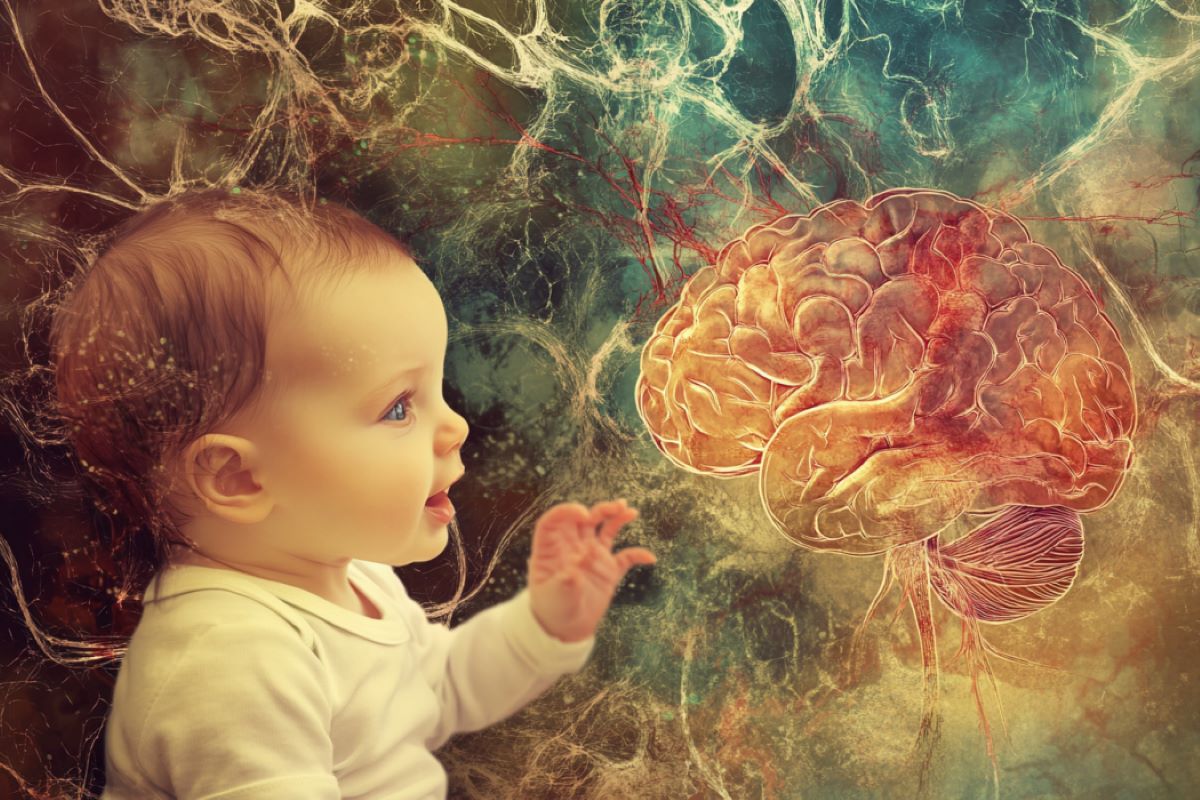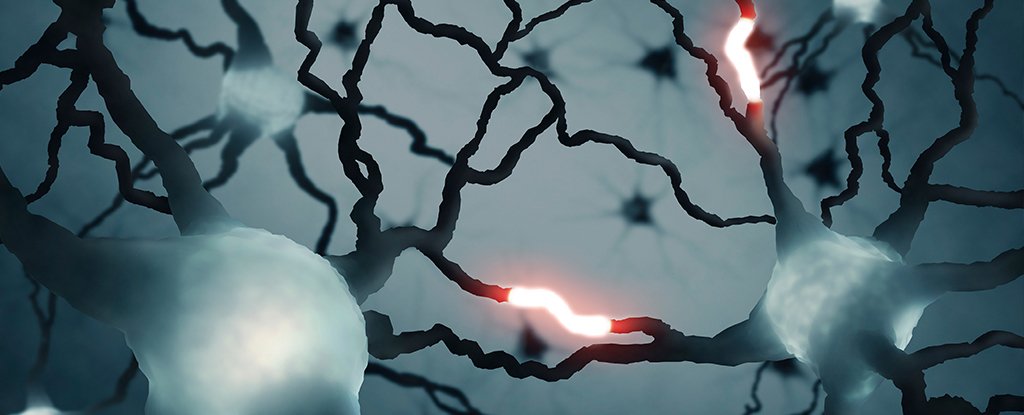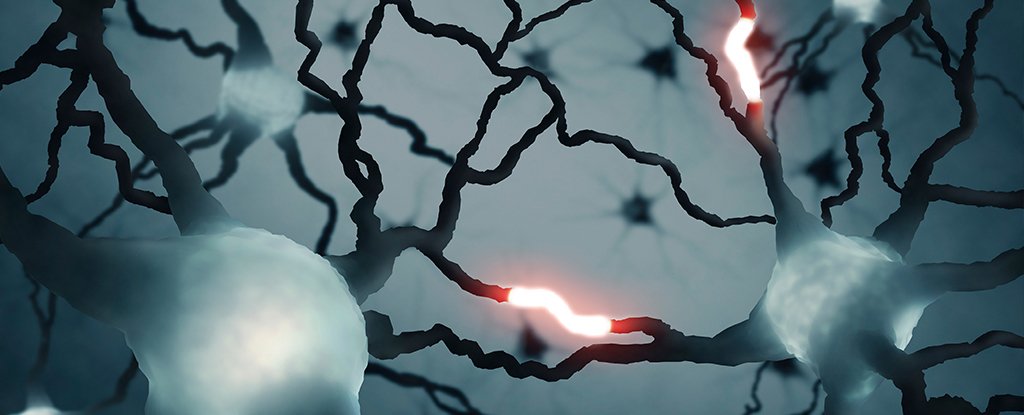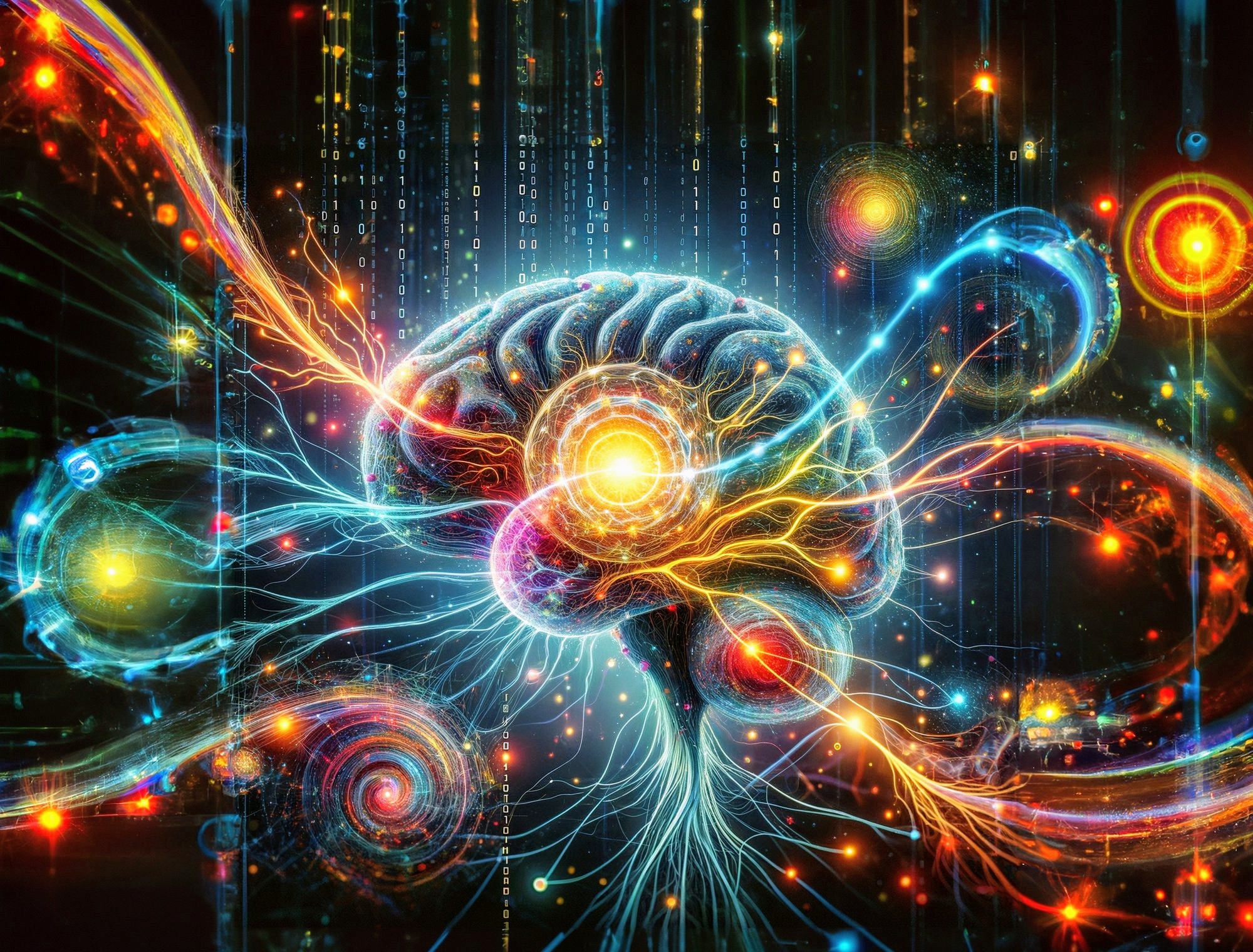
Brain imaging of fetuses and infants reveals a rapid increase in functional brain connectivity at birth, aiding adaptation to the external world.

Scientists have identified a unique form of cell messaging occurring in the human brain, revealing just how much we still have to learn about its mysterious inner workings.

The brain is a marvel of efficiency, honed by thousands of years of evolution so it can adapt and thrive in a rapidly changing world.

Scientists have identified a unique form of cell messaging occurring in the human brain, revealing just how much we still have to learn about its mysterious inner workings.

Researchers found that time cells in the brain are crucial for learning complex tasks, acting like a personalized time code.

The latest study suggests the area in the human nose seems to carry on producing neurons in our adulthood, based on an analysis of human tissue taken from seven middle-aged human donors.

Scientists have uncovered a new kind of electrical process in the human brain that could play a key role in the unique way our brains compute.Researchers have discovered that certain cells in the human cortex transmit signals in a way not seen before.

Scientists have produced a memristive element made from nanowires that functions in much the same way as a biological nerve cell. The component is able to both save and process information.

Using a cutting-edge imaging technology, US scientists examined more than 1 million cells in a 2-millimeter by 2-millimeter by 0.6 millimeter block of brain, and identified more than 70 different types of neurons.

Swedish researchers have identified four types of neurons in the peripheral auditory system, three of which are new to science. The analysis of these cells can lead to new therapies for various kinds of hearing disorders.

The Allen Institute for Brain Science has added the first data from human nerve cells to a publicly available database for researchers to explore and understand the building blocks of the human brain.

Different types of memories stored in the same neuron can be selectively erased, according to a new study by researchers at Columbia University Medical Center.

This week, a team of US researchers announced the successful production of a lab-grown neuron that could help heal spinal cord injuries by reestablishing the connection between brain and muscle.

A new study could change scientists' understanding of how the brain works - and could lead to new approaches for treating neurological disorders and for developing computers that 'think' more like humans.

A new type of nanodevice for computer microprocessors is being developed that can mimic the functioning of a biological synapse -- the place where a signal passes from one nerve cell to another in the body.